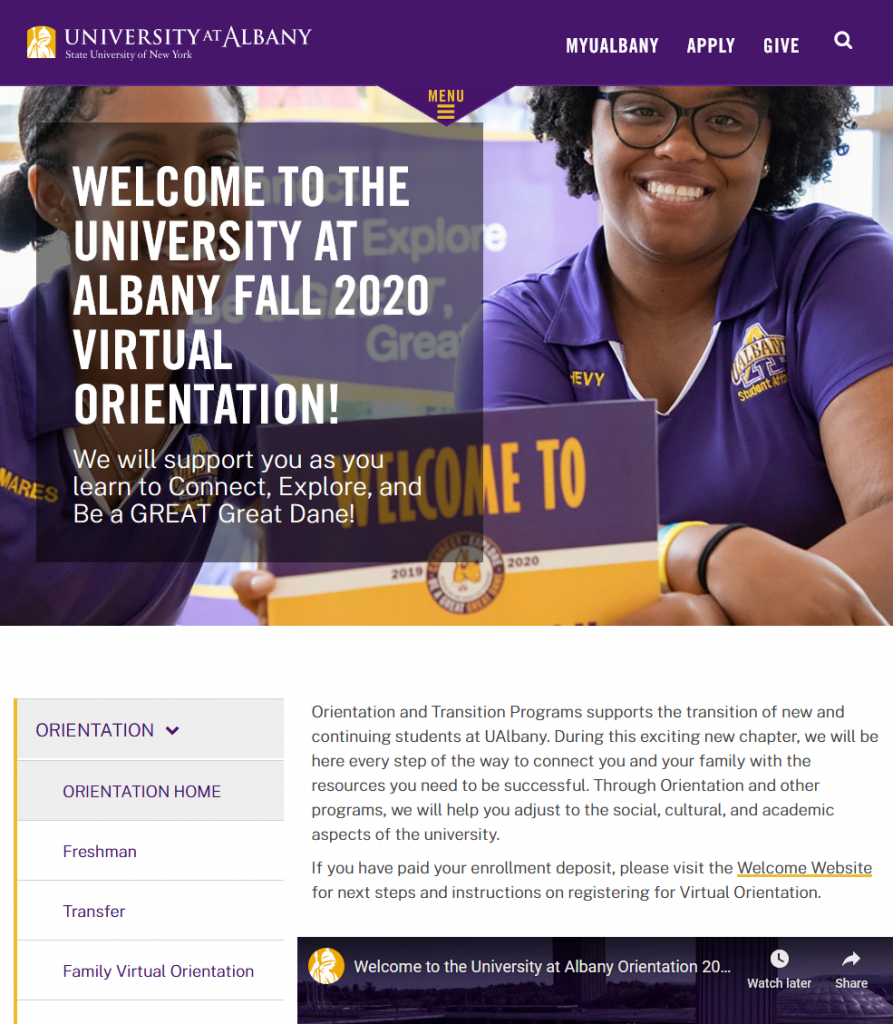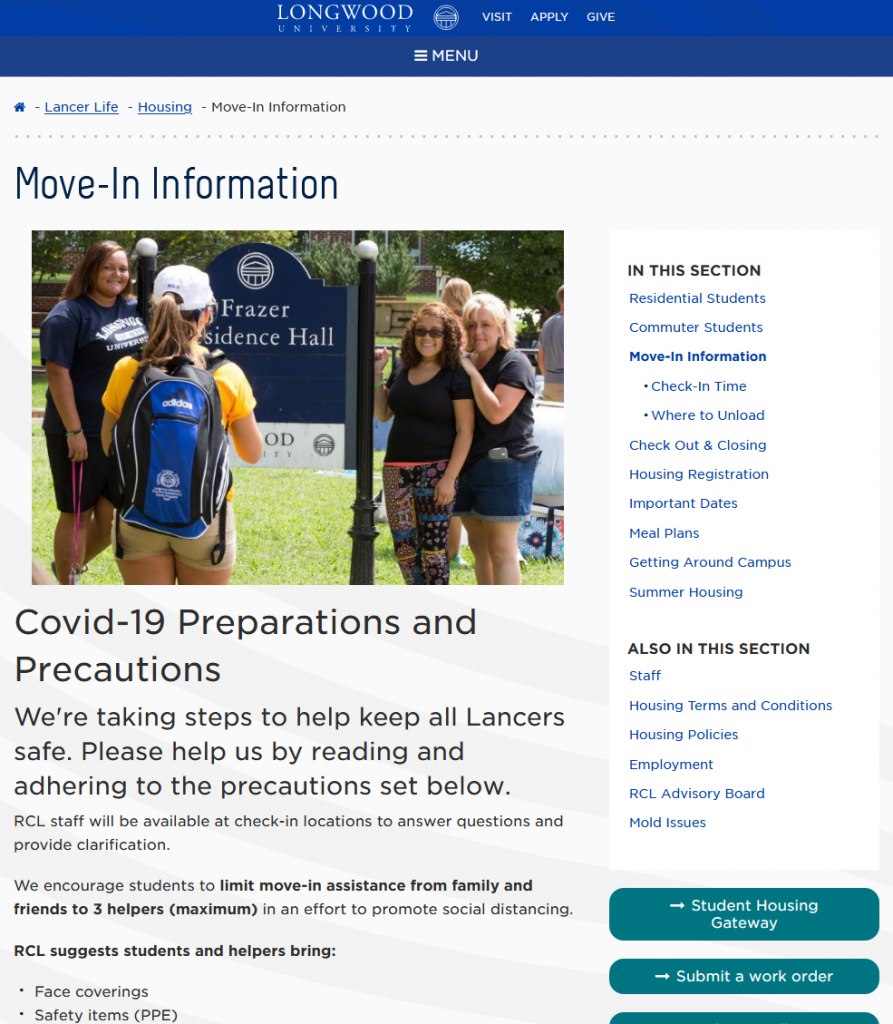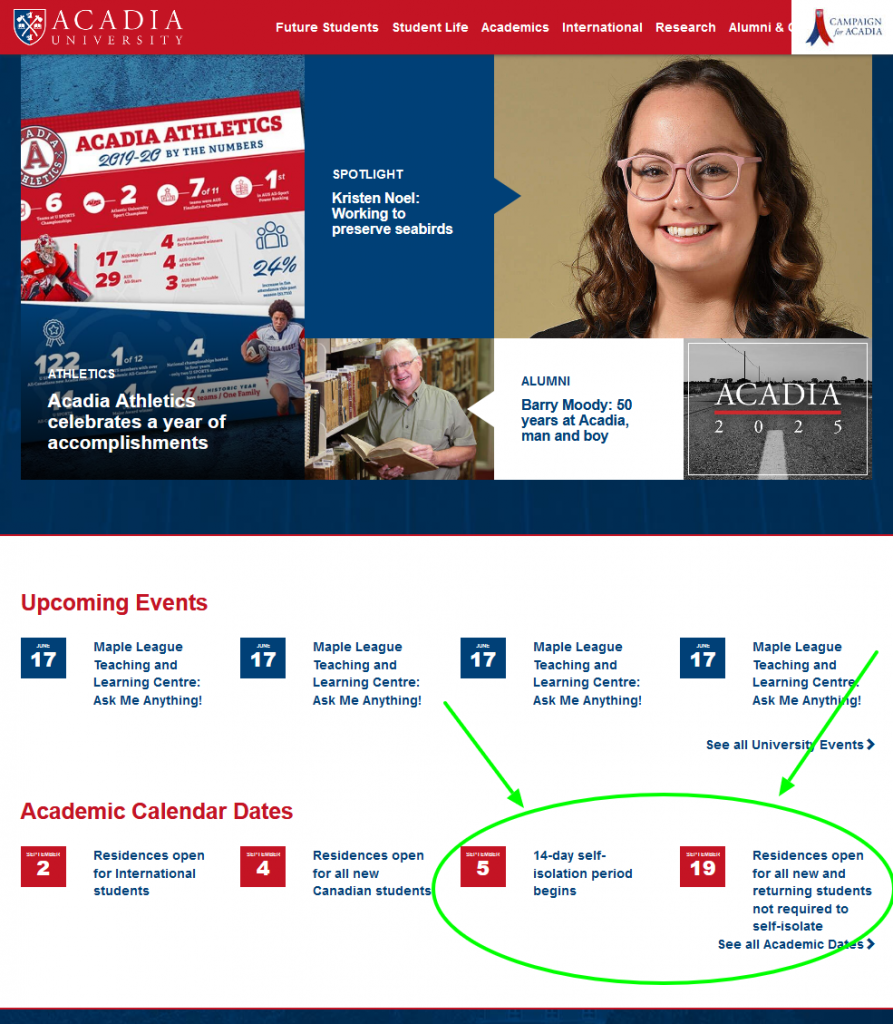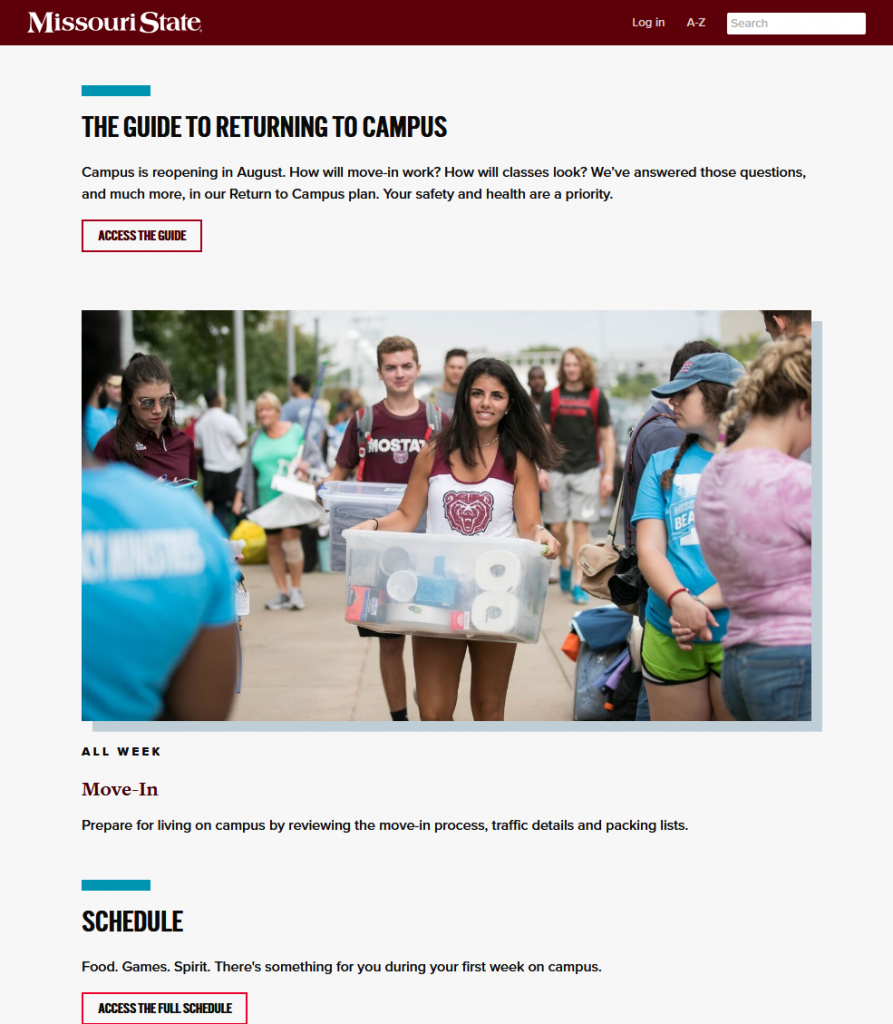COVID-19 Campus Testing: Not Required on the Majority of Higher Ed Campuses
While most higher ed institutions planning a back-to-school in person this Fall will make masks mandatory for students, many plans are still work in progress. Still so many questions, so many unknowns.
A comfortable majority of the respondents of my July 29 “minute-poll” (3-question weekly surveys of my Wednesday email newsletter readers) reported that COVID-19 testing won’t be required for students coming back to campus.
I’m only sharing the breakdown between the different options (no testing / mandatory testing / optional testing) as well as sentiment data towards Fall plans with survey participants to increase participation in these weekly polls — and data quality as a consequence. You got to give a little of your time to get the data in the following newsletter 🙂
So, if you’re interested in getting weekly fresh data updates on the state of the higher ed digital marketing, communication, web and social media community, subscribe to the newsletter and answer the questions!
With a 15% survey response rate, this result is representative of the hundreds of higher ed marketers and communicators who opened my email newsletter last Wednesday.

While COVID-19 tests won’t be mandatory in many schools, some institutions have reported they will encourage or require students to submit a negative test before they come back to campus. A reader based in Virginia reported that their school will only grant a move-in appointment to students scheduled to live in residential halls once they provide a negative test. A decision that other institutions have decided against as asymptomatic testing isn’t always offered or available in some states like Montana.
Other institutions like the University of Kentucky or Rice University, where 40% of undergraduates are expected to live in residential halls, have decided to invite students to take their COVID-19 test on campus. This procedure should take less than 30 minutes from testing to result. The university has planned to perform 60,000 tests during the semester.
Last, some schools have also decided to implement 14-day quarantines in the absence of a negative test and reduced the occupancy rate of their dorms or on-campus apartments.
Not Your Usual Move-In Days
Whether or not COVID-19 testing is part of the back-to-campus checklist, many schools represented in my survey have dramatically changed their move-in day plans.
Two third of the 35 schools for which move-in day and orientation data was submitted in the July 29 survey opted for a staggered move-in experience, some time only by appointment, to limit crowds while implementing physical distancing and public health recommendations.
The most common restrictions mentioned by readers included a limited number of helpers per student (1 to 2 maximum), health screenings to prevent any symptomatic visitor to enter the dorms, mandatory mask policy and “bring-your-own-cart” guidelines.
Exit then the big joyful move-in day celebration running high on emotions and helping joyful crowds.
Orientation Gone Virtual
The pandemic has also deeply changed orientation plans for many institutions. While a few readers reported in-person orientation with smaller groups and shorter presentations, close to 6 schools out of 10 for which data was submitted on July 29 chose to move orientation online.
When offered online, orientation has taken many different forms: asynchronous on Canvas, synchronous via Zoom as well as in large or small groups to try to recreate the feeling of a cohort.
Planning on the Go
The wide variety of the options presented in this small sample of schools located in different states across the US and Canada shows there won’t be a unique playbook for Fall 2020.
Complexity calls for even more communication, not less.
Bringing students back to campus will be tricky and requires thoughtful, dynamic and nimble planning – a sentiment that Rice University’s Dean of Undergraduates, Bridget Gorman, expressed very well in this 3-min video segment below shot by Brandon Martin, the school’s videographer.
While campus closings and the move to online instruction were the only possible options last Spring, the Fall already looks a lot more complicated for higher education.
All these shades of Fall 2020 plans will make it even more difficult for higher ed communicators to do their job as what works at a school might not translate well others in the upcoming weeks.
It’s going to be tricky, but higher ed professionals will figure it out.
Interested in fresh data & info focused on higher ed communications?
If you want fresh data on the latest issues and challenges that higher ed marketers and communicators face in the new reality brought by the pandemic, subscribe to Karine Joly’s weekly higher ed marketing newsletter!
You’ll get access to more data, share your reality via the “minute polls” and get a chance to see your work featured in future round-up articles when you do!


